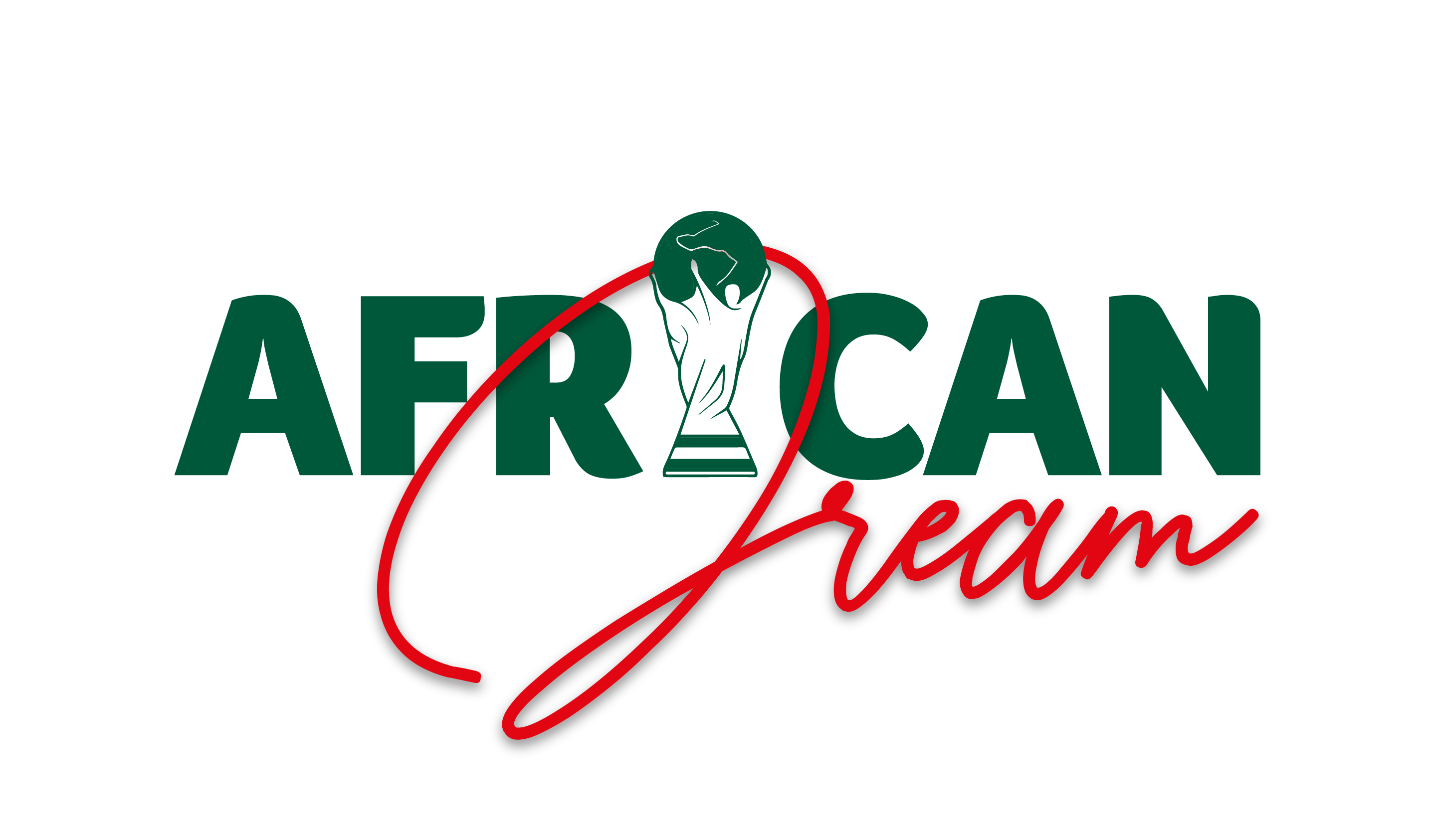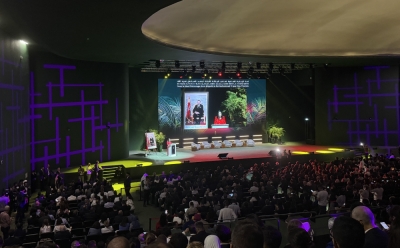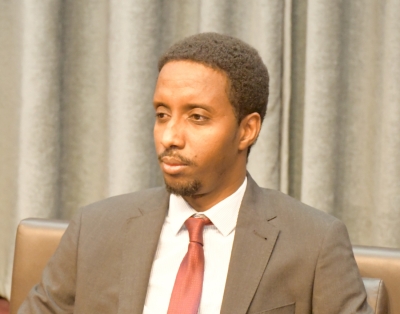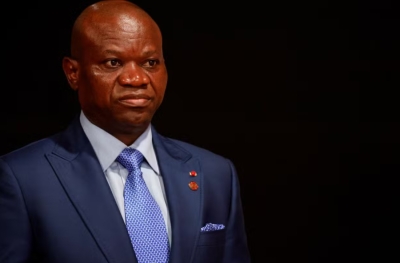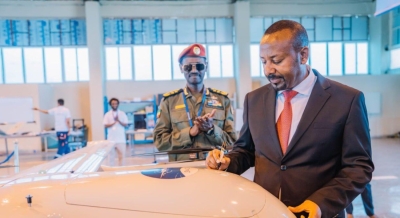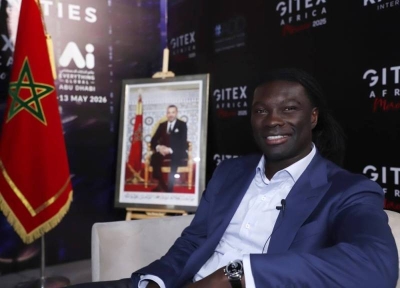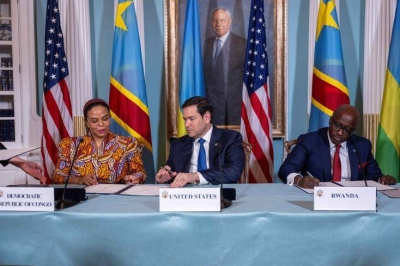The project is making significant progress. On the sidelines of the 13th edition of the Atlantic Dialogues, Amina Benkhadra, Director General of ONHYM, provided an update on the project's status, its impact on regional integration, and the technical and financial challenges involved in its development.
L’Observateur du Maroc et d’Afrique: Where does the Morocco-Nigeria gas pipeline project stand today?
Amina Benkhadra: The gas pipeline project has reached decisive milestones. Firstly, the detailed engineering study was completed in March 2024. Environmental impact studies (both offshore and onshore), which began over a year ago, are ongoing for the northern segment between Morocco and Senegal. These studies will soon commence for the southern part, starting from Nigeria. These assessments are crucial to meet the requirements of international financial institutions and to secure funding conditions.
Another significant achievement is the intergovernmental agreement. Finalized last November in Abuja, this treaty brings together the countries along the pipeline route and ECOWAS, reflecting their collective commitment to this strategic project. At the same time, the CPAS required for tendering various pipeline modules are nearing completion.
Finally, we are preparing financing studies with the support of legal and financial advisors. This ambitious project is advancing with determination and aims to create all necessary conditions for its realization. The project will be financed using a project finance model, involving a wide range of financial partners. These include the host countries—Morocco and Nigeria—sovereign funds, bilateral and multilateral financial institutions, and major corporations. The project is designed to incorporate public-private partnerships, optimizing financing conditions and ensuring long-term viability.
What impact will this project have on African integration?
The Morocco-Nigeria gas pipeline is a strategic lever for African integration and economic development in the subregion. Thanks to the vision led by His Majesty King Mohammed VI and the Nigerian President, the pipeline will not only strengthen electricity production but also boost industrial development, the mining sector, and agriculture. This project will play a critical role in wealth and job creation for African populations while enhancing regional integration and cooperation among the 13 countries along the Atlantic coast and the three landlocked nations to the east of the Sahel. Completing the environmental and engineering studies and establishing financing conditions are the next key steps toward realizing this strategic project.
What financial and technical challenges does the project face?
The project faces numerous financial and technical challenges. The first major hurdle is the involvement of multiple countries. With 13 nations and three landlocked countries, bringing all parties together and securing their commitment has been a complex task. This has been facilitated by the support of ECOWAS, which has been involved in every stage of the study process. Bilateral relations and synergy with ECOWAS have enabled the finalization of key documents such as the Intergovernmental Agreement (IGA) and the Host Country Agreement.
From a technical standpoint, the project’s scale is enormous, spanning over 6,500 kilometers. The pipeline route has been divided into sections to facilitate implementation and connectivity across different phases. This required an in-depth multi-criteria analysis to determine the optimal route, which includes an offshore segment from Nigeria to Morocco and follows Morocco’s coastline to Dakhla, where it will connect to the Maghreb-Europe pipeline.
On the financial side, the project has already attracted significant interest from institutions and potential partners. The next steps will involve deeper discussions to finalize financing terms and investment decisions.

